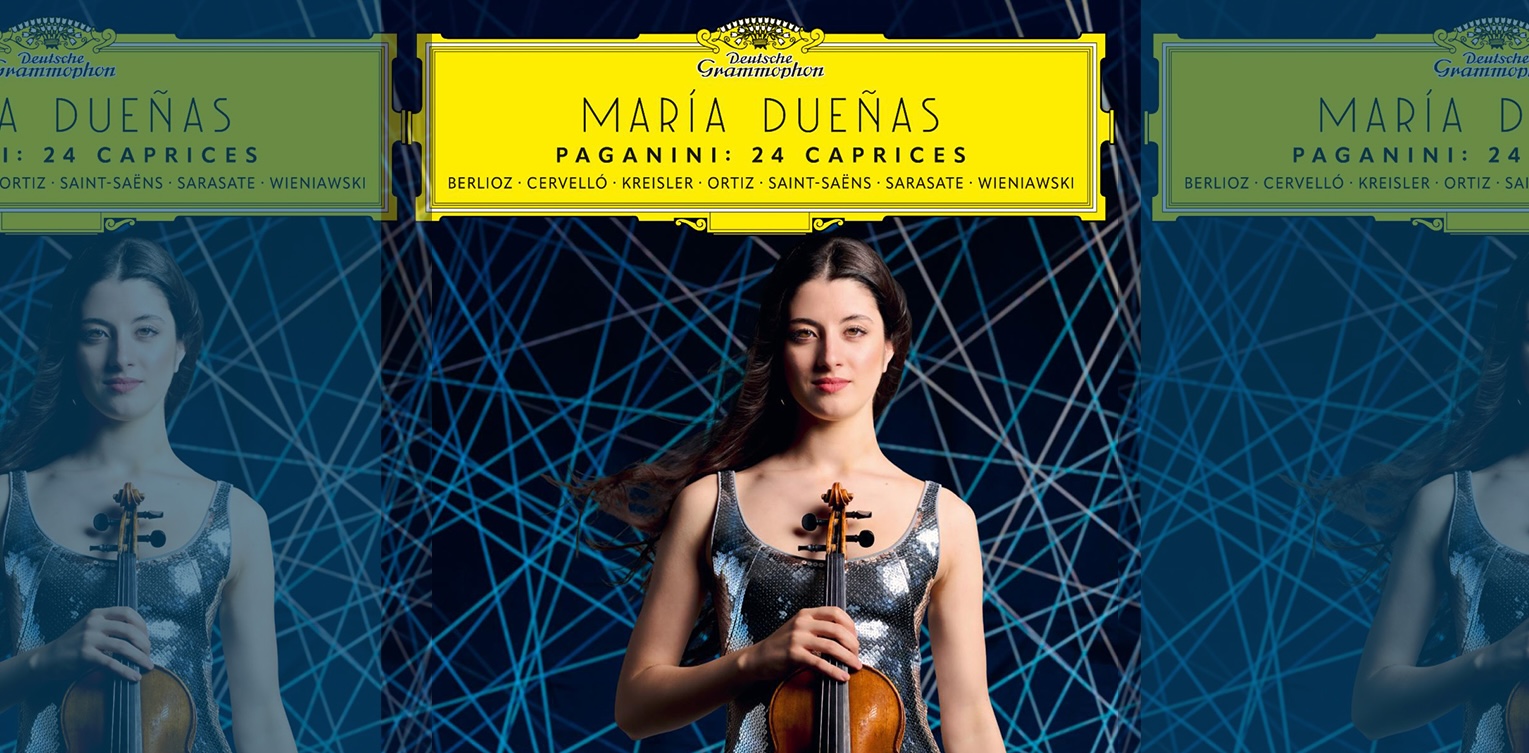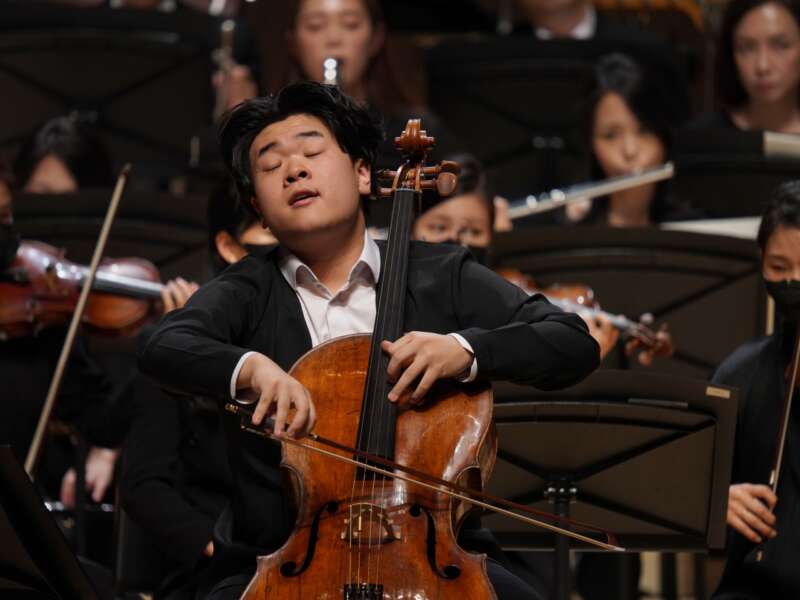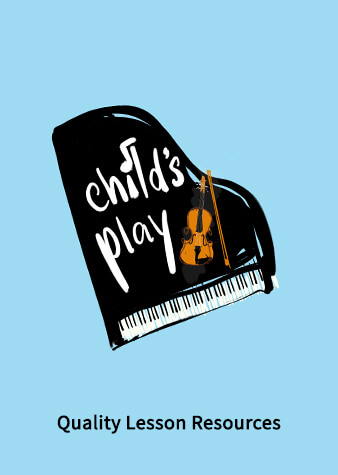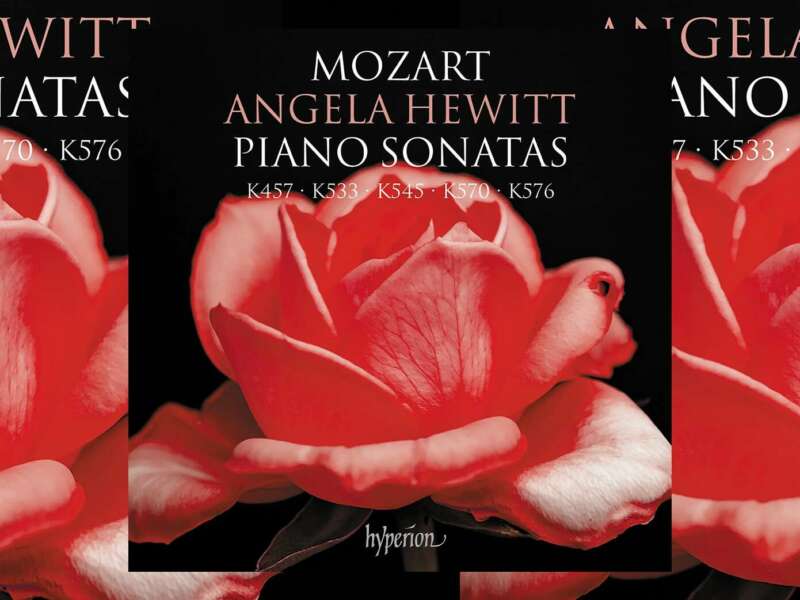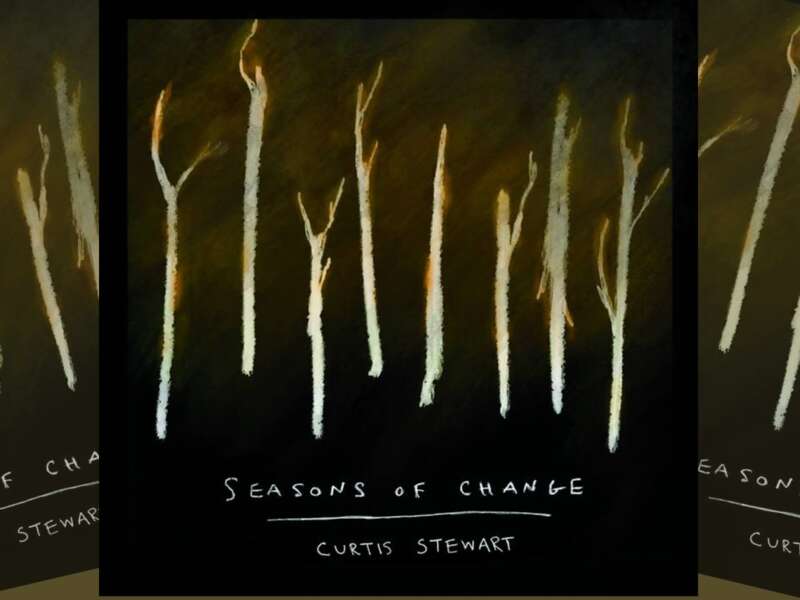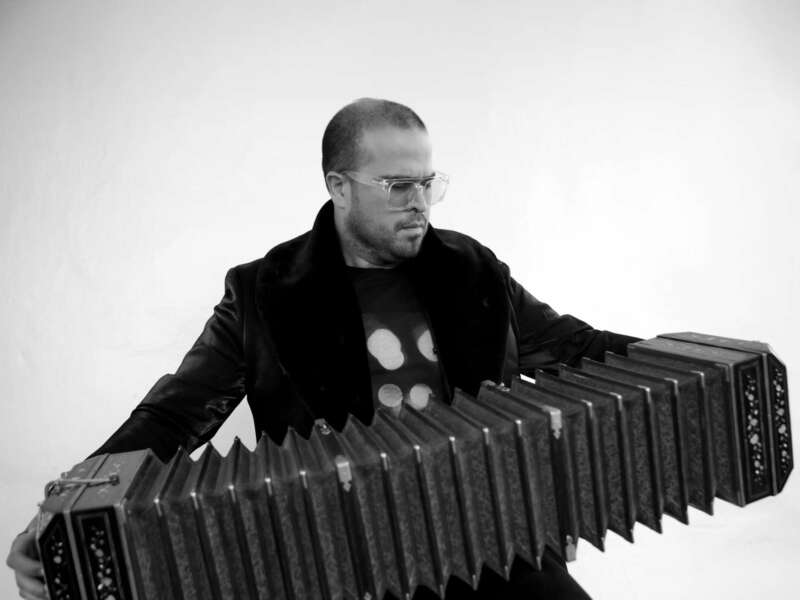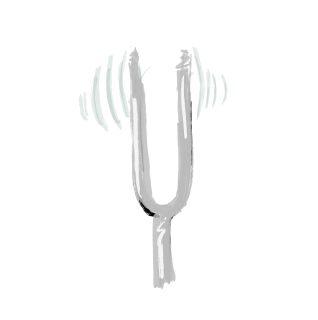VC Artist María Dueñas' New Release of Paganini's 24 Caprices
Released on Deutsche Grammophon, the disc also features music by Berlioz, Cervelló, Kreisler, Saint-Saëns, Sarasate, and Wieniawski
VC Artist María Dueñas has recently released a new album on the Deutsche Grammophon label. Covering a range of virtuosic works, the disc has Paganini's 24 Caprices at its center — and is enriched by similar but lesser well-known works that drew inspiration from Paganini.
Of these, a highlight is Jordi Cervelló’s Milstein Caprice, which was written especially for Dueñas. The composer, who died in 2022, said Dueñas's sound reminded him of that of Nathan Milstein, and that this connection was the jumping-off point for conceiving the work.
A further contemporary work on the disc is De Cuerda y Madera, by Gabriela Ortiz. This work was originally co-commissioned by Deutsche Grammophon and the :alpenarte Festival, and Dueñas gave the premiere at the 2024 edition of the latter.
The work's inclusion on the disc marks its world premiere recording of the work, and Dueñas is joined by the pianist Alexander Malofeev.
The album also includes Wieniawski’s Étude-Caprice for two violins with Boris Kuschnir, Sarasate’s Caprice Basque with pianist Itamar Golan, and Kreisler’s Caprice Viennois (in an arrangement for violin and guitar) with guitarist Raphaël Feuillâtre.
For the orchestral works, by Berlioz and Saint-Saëns, Dueñas appears alongside the Deutsches Symphonie-Orchester Berlin and conductor Mihhail Gerts.
You can purchase the disc here.
"Paganini’s 24 Caprices are a milestone for every violinist," Dueñas said. "I grew up listening to and performing them, and when we hear the word ‘caprice’ we instantly think of Paganini, but there are so many other caprices, from Saint-Saëns’s Rondo Capriccioso to works by contemporary composers like Cervelló, for example. I really wanted to show how a lot of little moments from the musical world all come together."
"[The Caprices] provide a good way to work on concentrated techniques, both for the left hand and for the bowing arm – ricochet, staccato, spiccato…every little detail is there. I’ve tried to show [the] vocal quality in the Caprices. These are concert works today, so we need to reveal the music behind the technique. And because it took Paganini more than 15 years to finish the set, I also think it should be approached like a journey through someone’s life, with lots happening, developing and growing."
Image credit: Deutsche Grammophon


